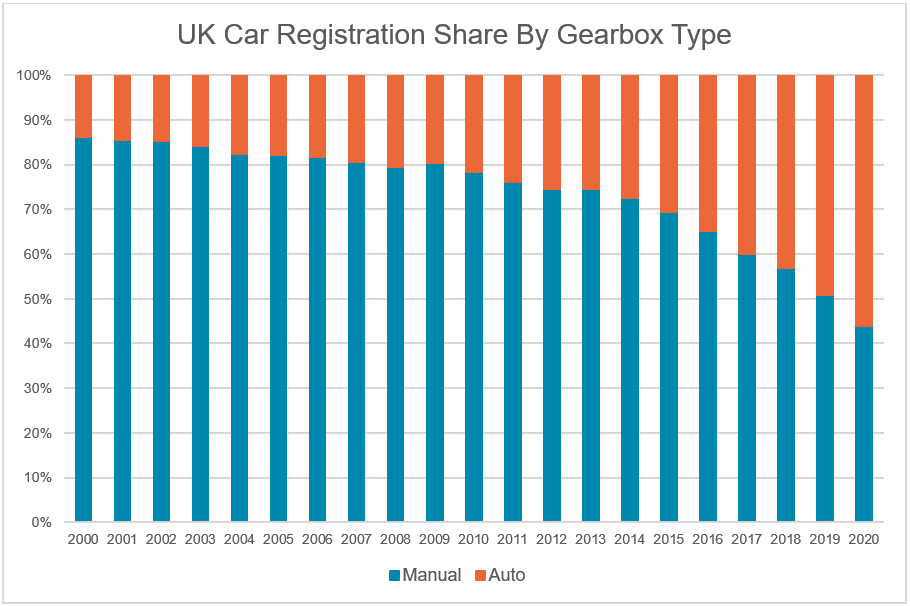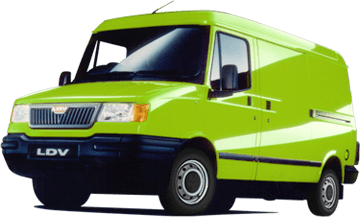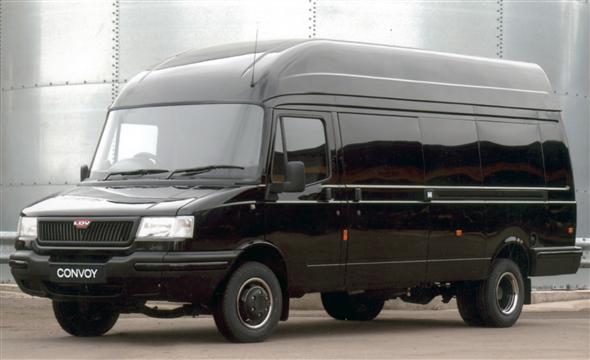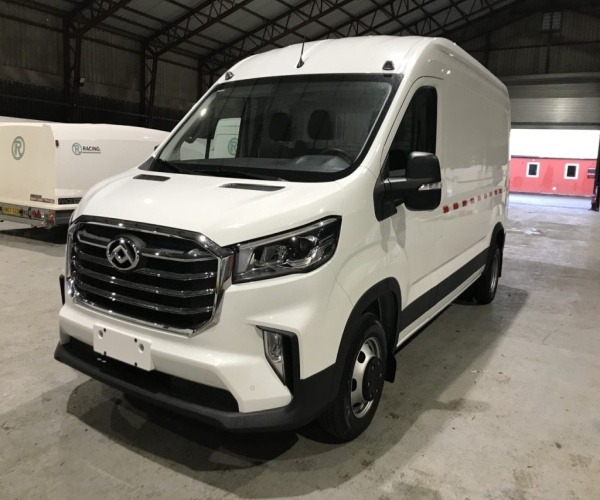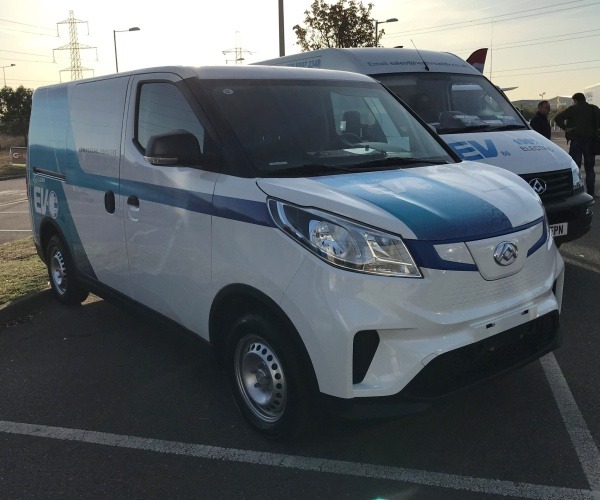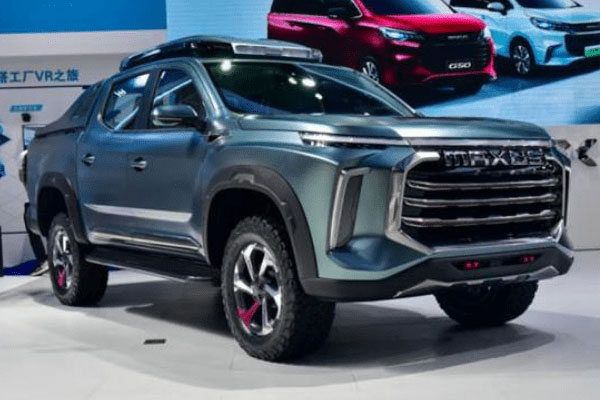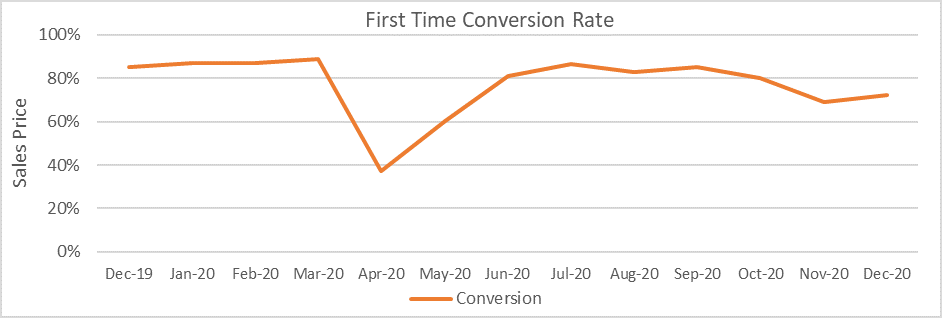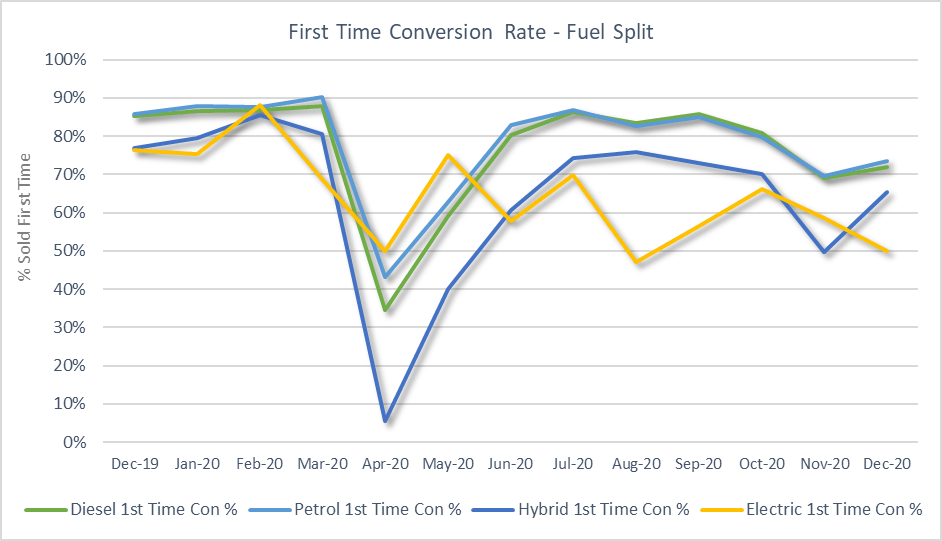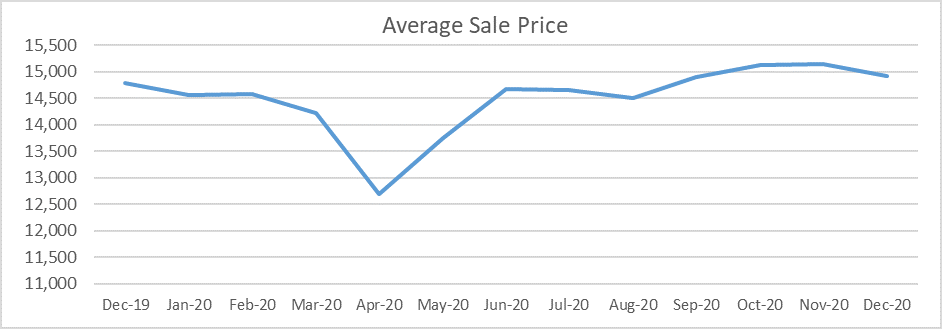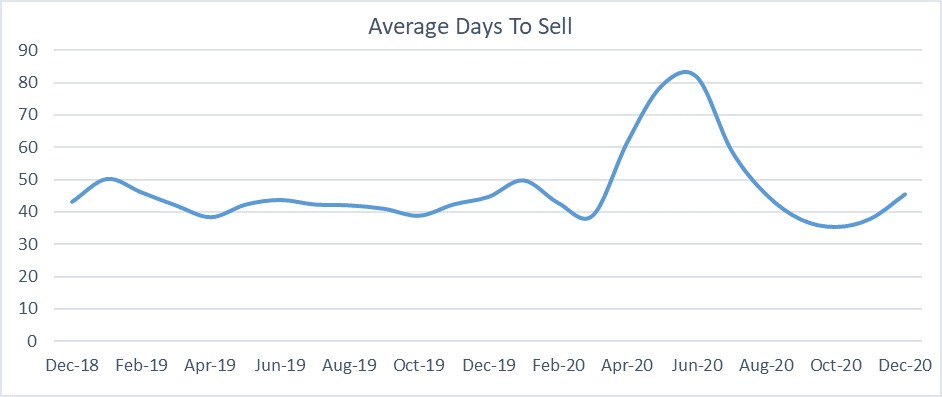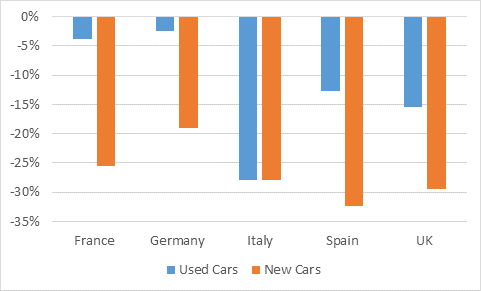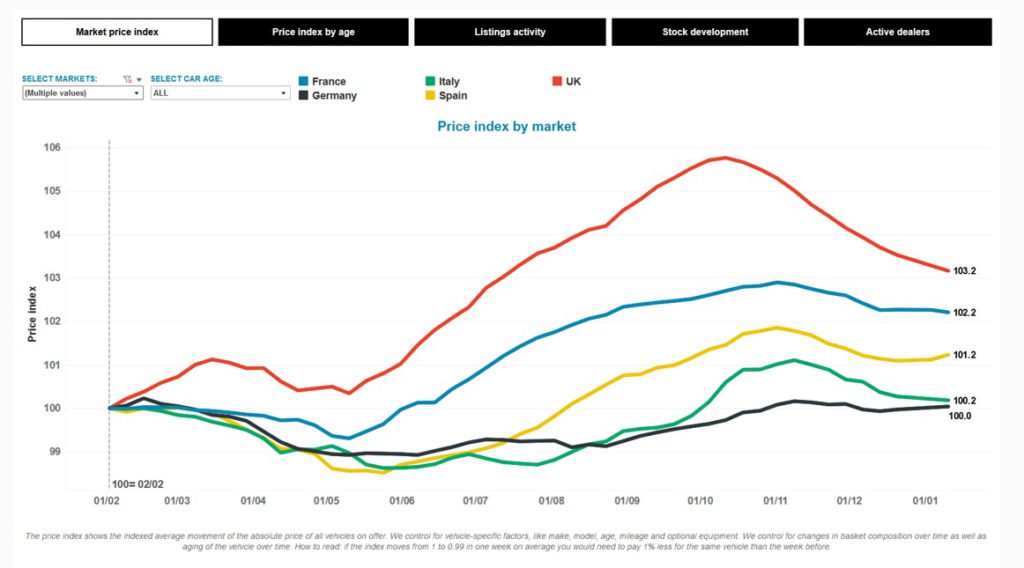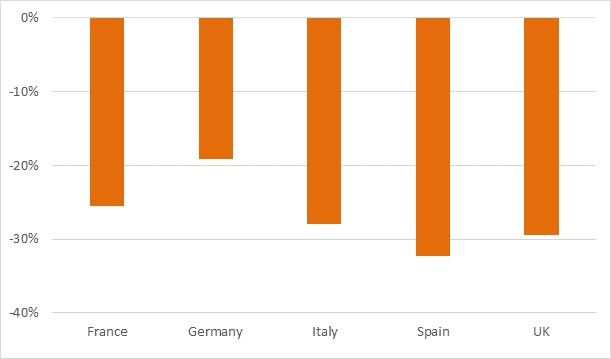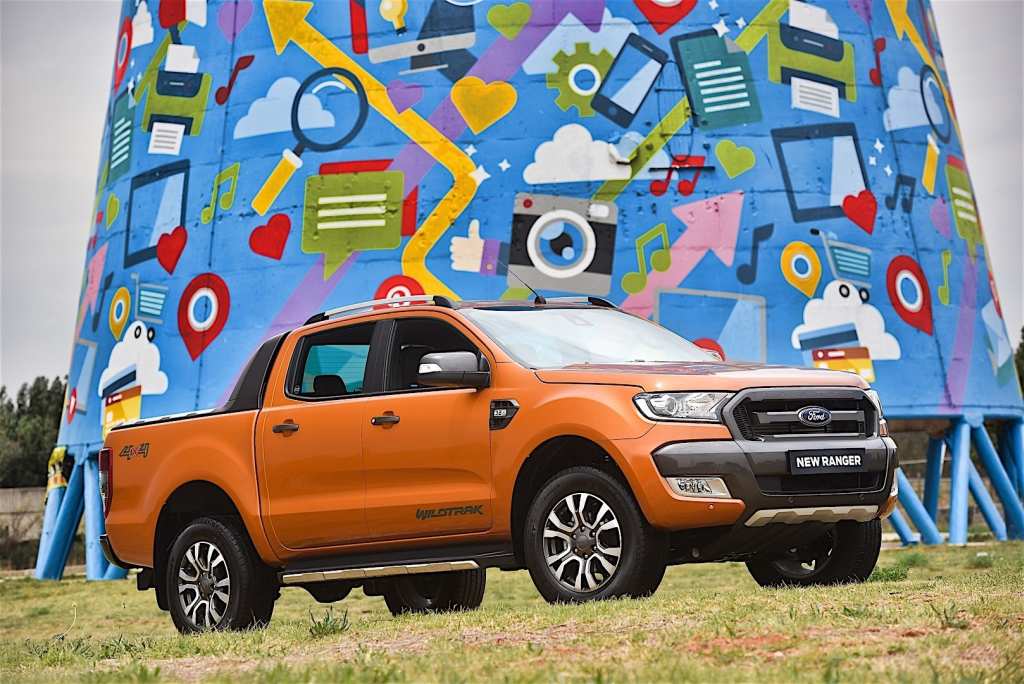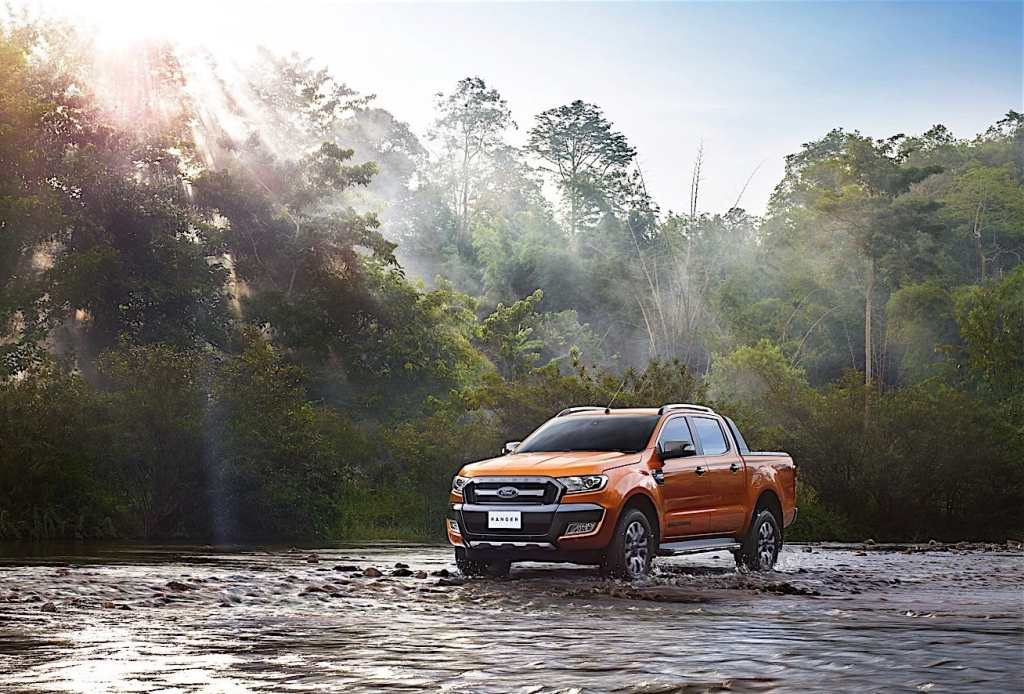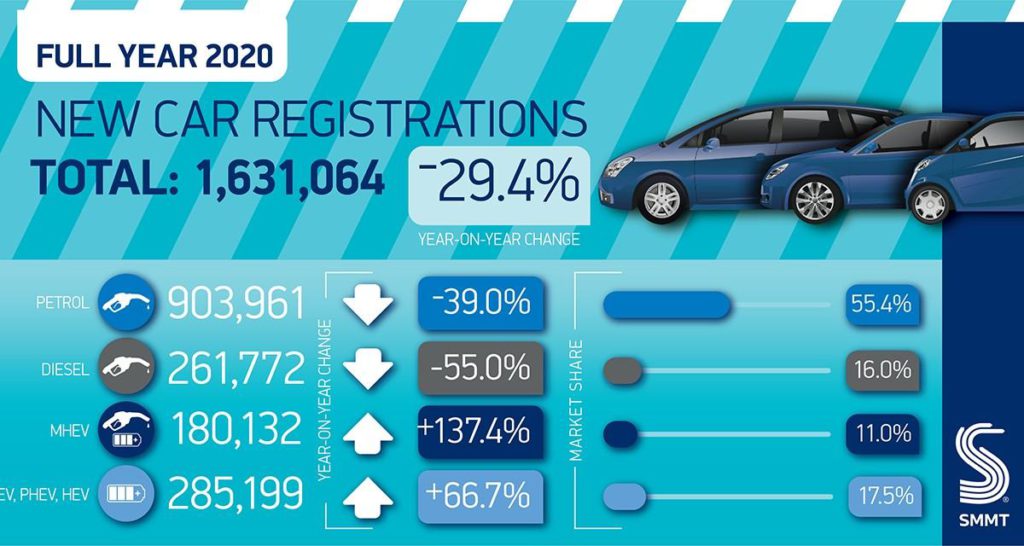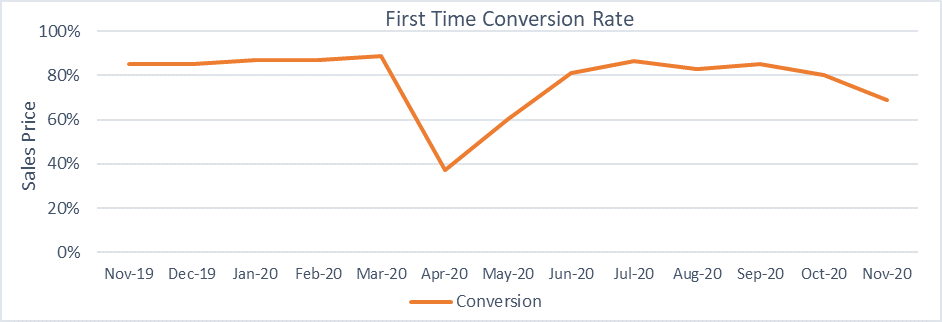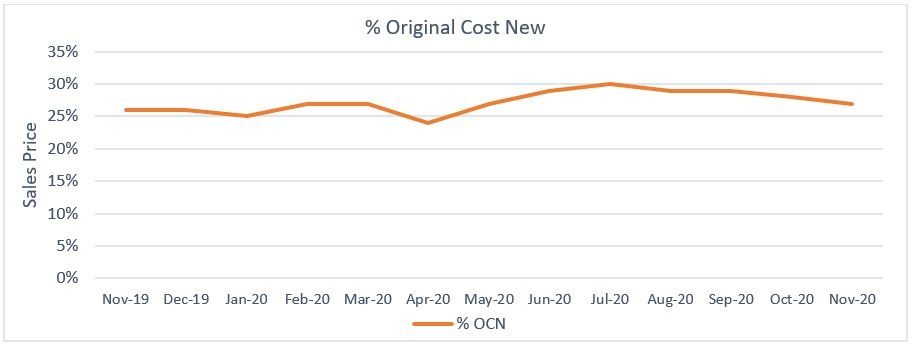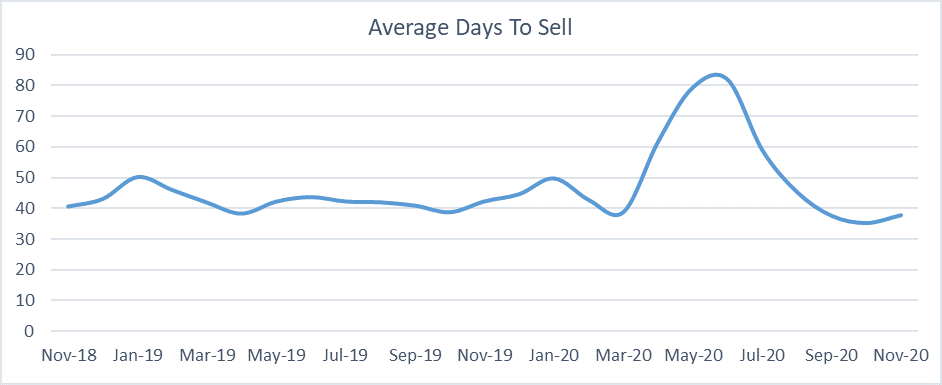With Lockdown-3 in full force dampening the spread of COVID-19, inevitably January new car registrations suffered. Although retailers have created ‘click and collect’ processes to maintain a level of sales, customers still prefer to see vehicles before they buy. It came as no surprise to see registrations falling 39.5% versus January 2020 (already down 7.3% versus January 2019). According to the Society of Motor Manufacturers and Traders (SMMT), total registrations for January stood at 90,249 cars, the worst start to a new car market for 51 years.
Demand was subdued for both the private and fleet sectors, with registrations down 38.5% to 37,946 and 39.7% to 51,002 respectively, while the small business sector was down 56% to just 1,301.
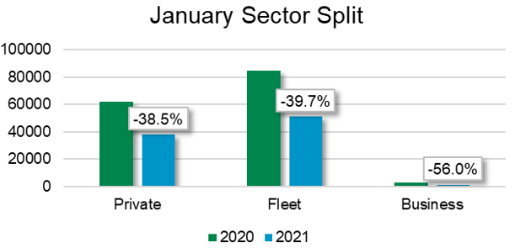
Data courtesy of SMMT
Pure diesel registrations fell 62.1% compared to last year to just 11,083 units. This is a collapse of 86% from their peak January 2016 figure of 82,311, even when you add the mild-hybrid diesel registrations of 6,221, a total of 17,304 is a decline of 79% from the high point.
Despite the gloomy picture, there are some bright points. The SMMT reports that new emissions figures show 2020 registrations are the cleanest vehicles in history, with average CO2 emissions falling by 11.8% on the previous year. January registration figures also show battery electric vehicles (BEVs) increasing by 54.4% to 6,260 with a market share of 6.9%. Plug-in hybrid (PHEV) registrations also rose in January by 28% to 6,124 units.
The chart below compares the alternative fuel vehicle (AFV) volume in January 2021 with the prior year.
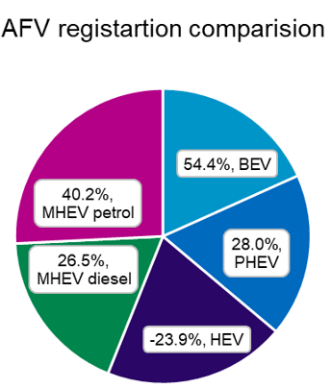
Data courtesy of SMMT
Looking ahead, February is usually the quietest month of the year for registrations with consumers preferring to wait until the new plate in March. This February will be no different, with an expectation for another fall in registrations as the nationwide lockdown will not be lifted until the beginning of March at the earliest. If the vaccine roll-out success continues and COVID-19 cases continue their rapid decline, then showrooms will reopen improving consumer confidence, translating into an upswing in business in the second quarter and beyond.

 Close
Close

